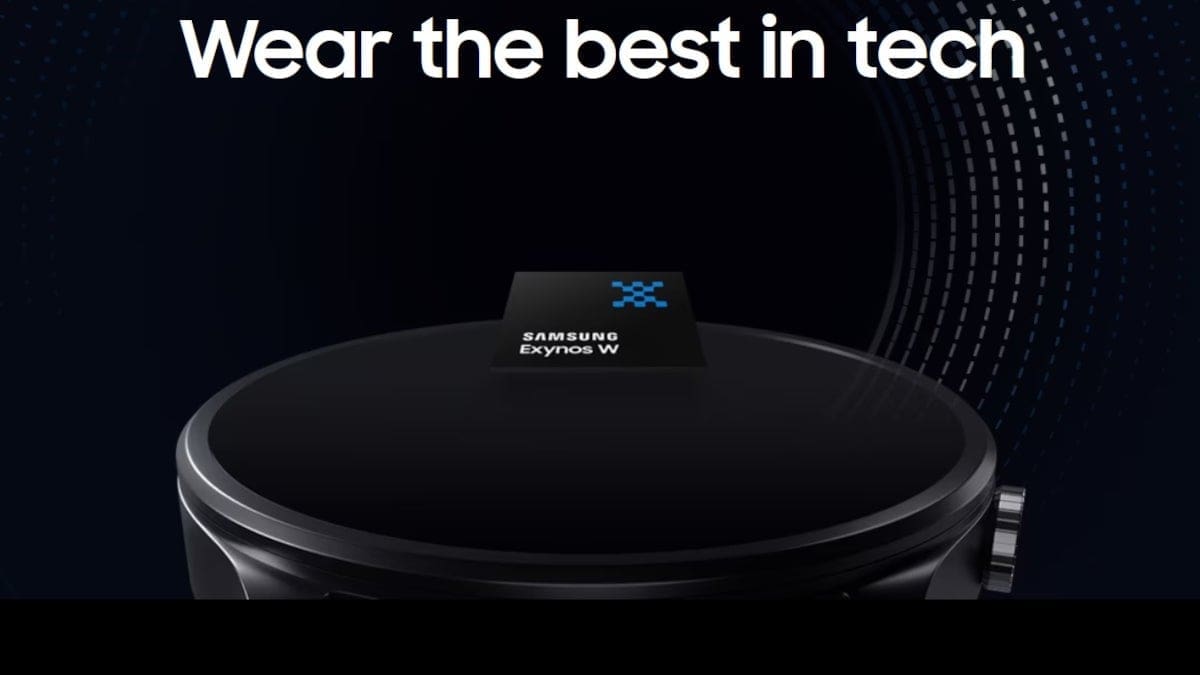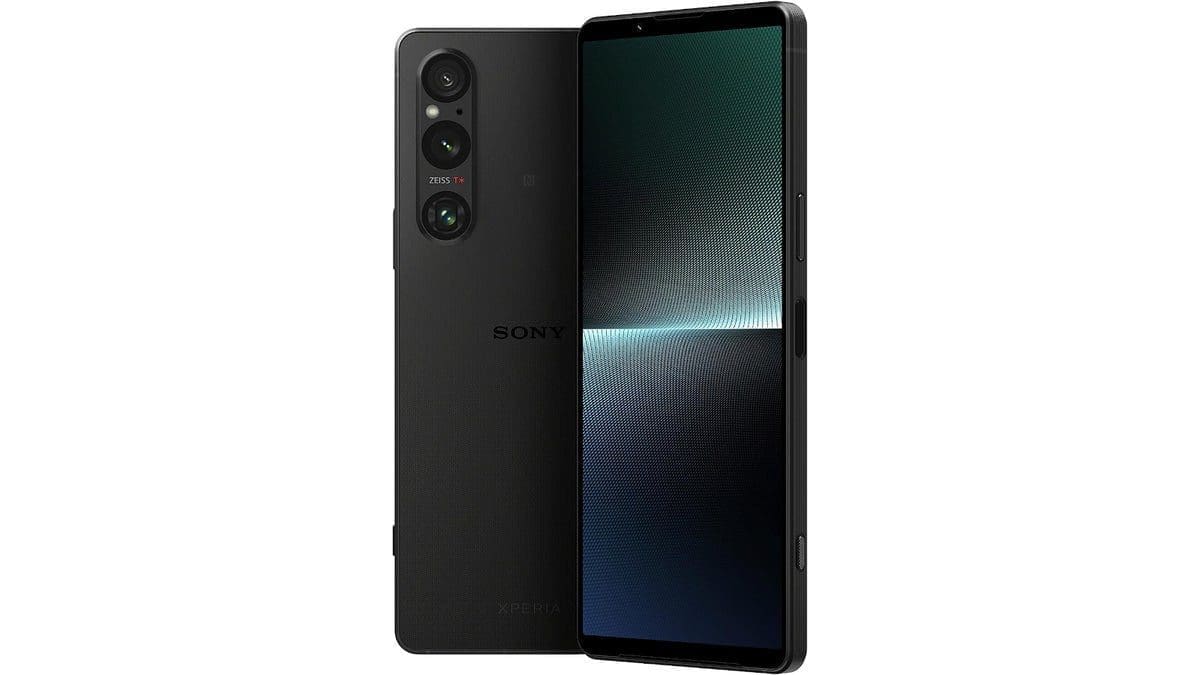Samsung Foundry has introduced the Exynos W1000 chip, utilizing its cutting-edge 3nm process node. This advanced chip boasts a five-core CPU, including one Cortex-A78 CPU core and four Cortex-A55 CPU cores. Samsung promises that the Exynos W1000 will accelerate app launches by 2.7 times and seamlessly handle multiple apps. Additionally, this chip offers 3.4x faster single-core performance and 3.7x faster multi-core performance compared to its predecessor, the Exynos W930 chipset powering the Galaxy Watch 6.
It was previously speculated that the first Samsung device to feature a 3nm chip would be the Galaxy Watch 7, which aligns with recent developments as the Snapdragon 8 Gen 4 with a 3nm architecture won’t be integrated into Samsung devices until next year. However, one potential limitation of the Exynos W1000 is its GPU – the ARM Mali-G68 MP2 – which remains unchanged from the Exynos W930 chipset and supports display resolutions up to 960 x 540 pixels.
The Exynos W1000 SoC brings support for a 2.5D always-on display (AOD) for smartwatches, thanks to its dedicated low-power display processor. This feature allows users to keep their watch face active at all times, displaying essential information like time, notifications, calls, and more around-the-clock.
With its efficient low-power design based on a state-of-the-art 3nm process node and upgraded LPDDR5 memory support, the Exynos W1000 is poised to enhance battery life for devices like the Galaxy Watch 7 and Galaxy Watch Ultra. Samsung emphasizes that users can expect premium performance while enjoying extended usage on their smartwatches.
Samsung Foundry’s utilization of Gate-All-Around (GAA) transistors in the 3nm process node enhances transistor performance by minimizing current leaks and improving electrical signals within and between transistors. TSMC is set to adopt GAA technology in its forthcoming production of 2nm chips next year.
In conclusion, Samsung’s introduction of the Exynos W1000 chip signifies a significant leap in wearable device technology with improved performance capabilities and enhanced power efficiency for upcoming smartwatches like the Galaxy Watch series.










